Wenhao Tan
Data-Driven Transferred Energy Management Strategy for Hybrid Electric Vehicles via Deep Reinforcement Learning
Sep 20, 2020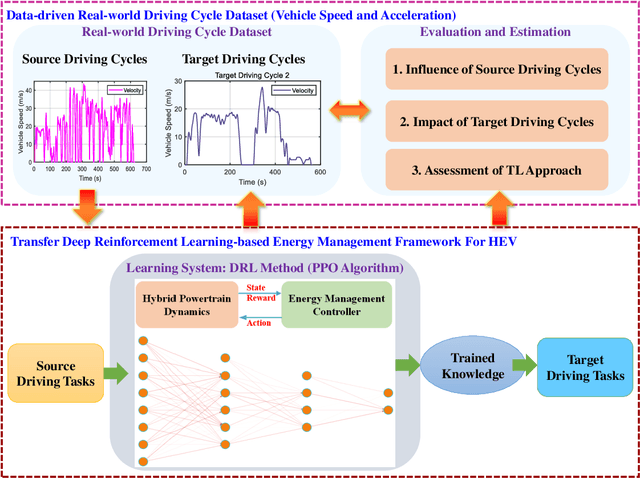
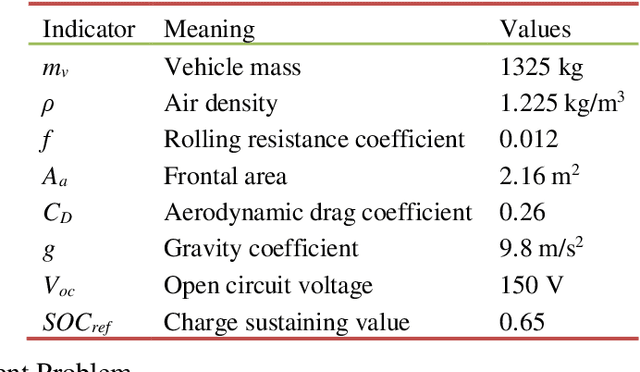
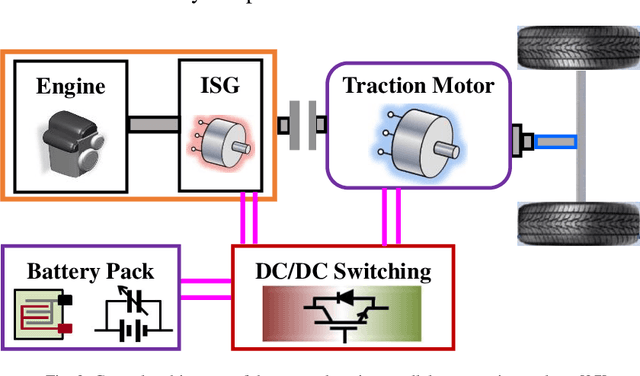
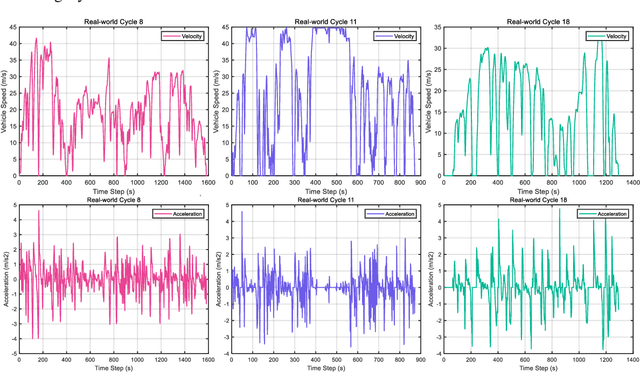
Abstract:Real-time applications of energy management strategies (EMSs) in hybrid electric vehicles (HEVs) are the harshest requirements for researchers and engineers. Inspired by the excellent problem-solving capabilities of deep reinforcement learning (DRL), this paper proposes a real-time EMS via incorporating the DRL method and transfer learning (TL). The related EMSs are derived from and evaluated on the real-world collected driving cycle dataset from Transportation Secure Data Center (TSDC). The concrete DRL algorithm is proximal policy optimization (PPO) belonging to the policy gradient (PG) techniques. For specification, many source driving cycles are utilized for training the parameters of deep network based on PPO. The learned parameters are transformed into the target driving cycles under the TL framework. The EMSs related to the target driving cycles are estimated and compared in different training conditions. Simulation results indicate that the presented transfer DRL-based EMS could effectively reduce time consumption and guarantee control performance.
Adaptive Energy Management for Real Driving Conditions via Transfer Reinforcement Learning
Jul 24, 2020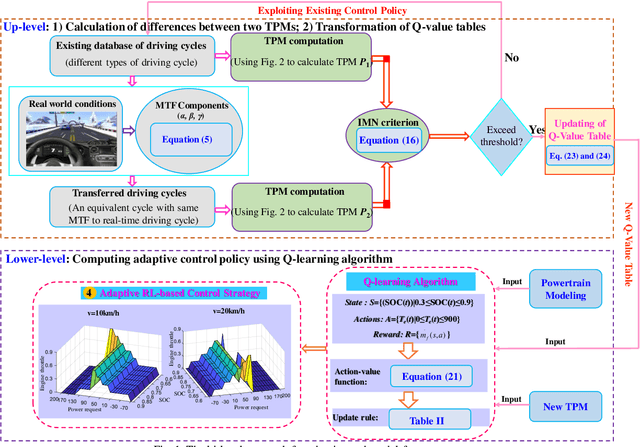

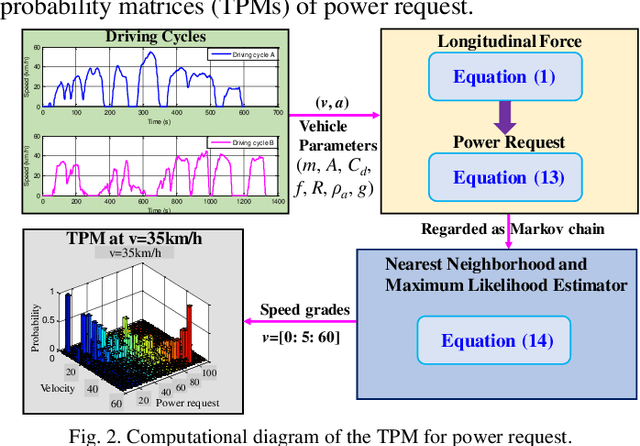
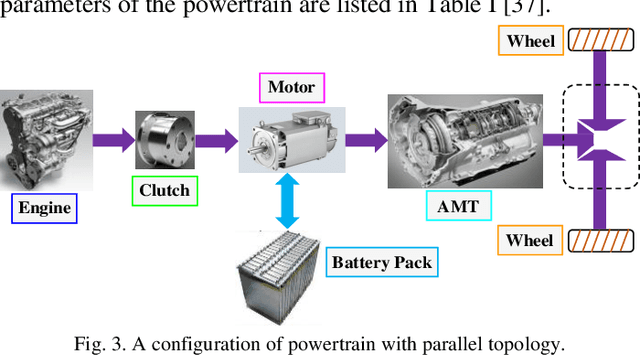
Abstract:This article proposes a transfer reinforcement learning (RL) based adaptive energy managing approach for a hybrid electric vehicle (HEV) with parallel topology. This approach is bi-level. The up-level characterizes how to transform the Q-value tables in the RL framework via driving cycle transformation (DCT). Especially, transition probability matrices (TPMs) of power request are computed for different cycles, and induced matrix norm (IMN) is employed as a critical criterion to identify the transformation differences and to determine the alteration of the control strategy. The lower-level determines how to set the corresponding control strategies with the transformed Q-value tables and TPMs by using model-free reinforcement learning (RL) algorithm. Numerical tests illustrate that the transferred performance can be tuned by IMN value and the transfer RL controller could receive a higher fuel economy. The comparison demonstrates that the proposed strategy exceeds the conventional RL approach in both calculation speed and control performance.
Transfer Deep Reinforcement Learning-enabled Energy Management Strategy for Hybrid Tracked Vehicle
Jul 16, 2020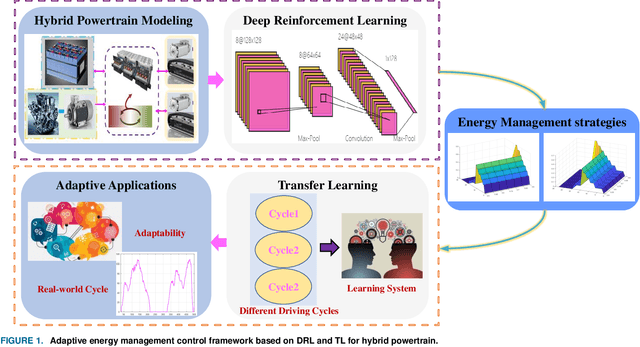
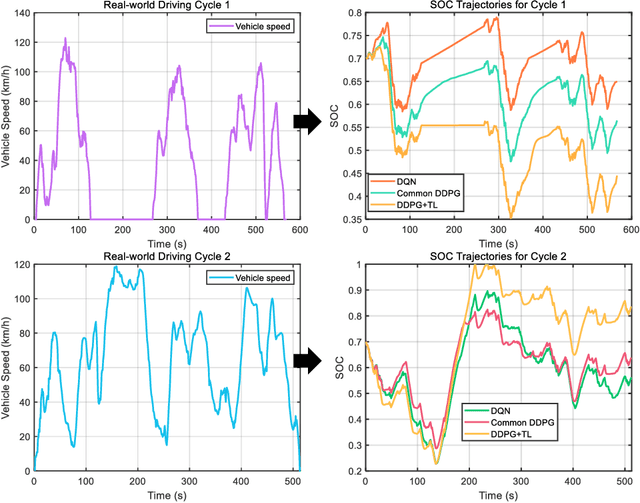
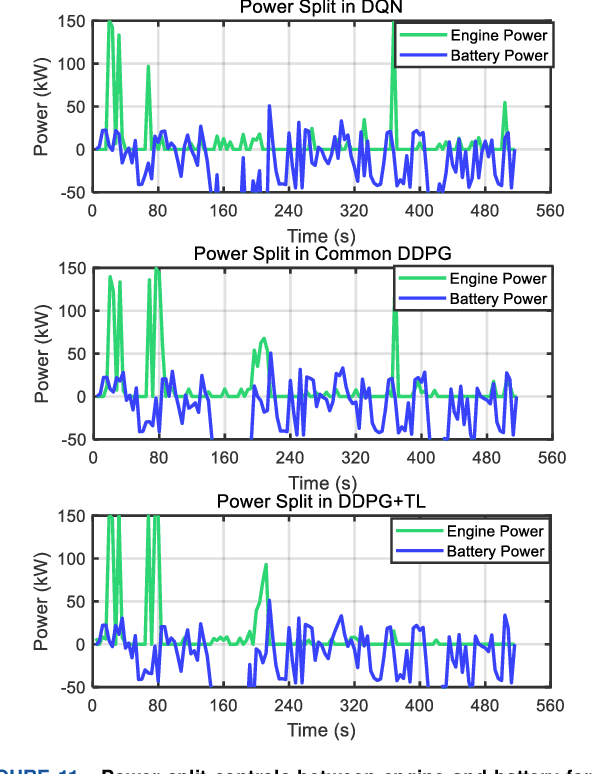
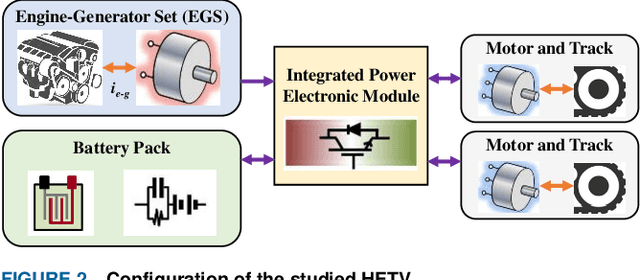
Abstract:This paper proposes an adaptive energy management strategy for hybrid electric vehicles by combining deep reinforcement learning (DRL) and transfer learning (TL). This work aims to address the defect of DRL in tedious training time. First, an optimization control modeling of a hybrid tracked vehicle is built, wherein the elaborate powertrain components are introduced. Then, a bi-level control framework is constructed to derive the energy management strategies (EMSs). The upper-level is applying the particular deep deterministic policy gradient (DDPG) algorithms for EMS training at different speed intervals. The lower-level is employing the TL method to transform the pre-trained neural networks for a novel driving cycle. Finally, a series of experiments are executed to prove the effectiveness of the presented control framework. The optimality and adaptability of the formulated EMS are illuminated. The founded DRL and TL-enabled control policy is capable of enhancing energy efficiency and improving system performance.
Human-like Energy Management Based on Deep Reinforcement Learning and Historical Driving Experiences
Jul 16, 2020



Abstract:Development of hybrid electric vehicles depends on an advanced and efficient energy management strategy (EMS). With online and real-time requirements in mind, this article presents a human-like energy management framework for hybrid electric vehicles according to deep reinforcement learning methods and collected historical driving data. The hybrid powertrain studied has a series-parallel topology, and its control-oriented modeling is founded first. Then, the distinctive deep reinforcement learning (DRL) algorithm, named deep deterministic policy gradient (DDPG), is introduced. To enhance the derived power split controls in the DRL framework, the global optimal control trajectories obtained from dynamic programming (DP) are regarded as expert knowledge to train the DDPG model. This operation guarantees the optimality of the proposed control architecture. Moreover, the collected historical driving data based on experienced drivers are employed to replace the DP-based controls, and thus construct the human-like EMSs. Finally, different categories of experiments are executed to estimate the optimality and adaptability of the proposed human-like EMS. Improvements in fuel economy and convergence rate indicate the effectiveness of the constructed control structure.
Transferred Energy Management Strategies for Hybrid Electric Vehicles Based on Driving Conditions Recognition
Jul 16, 2020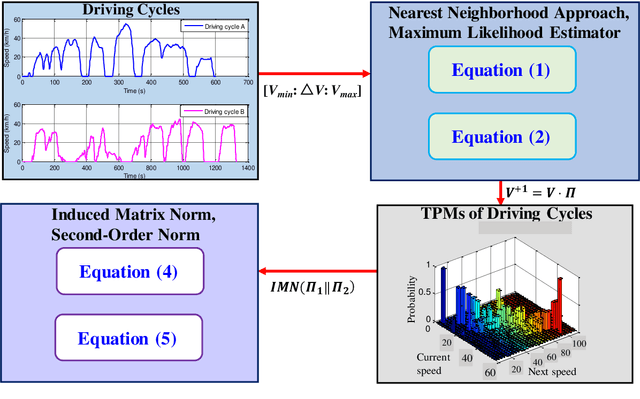
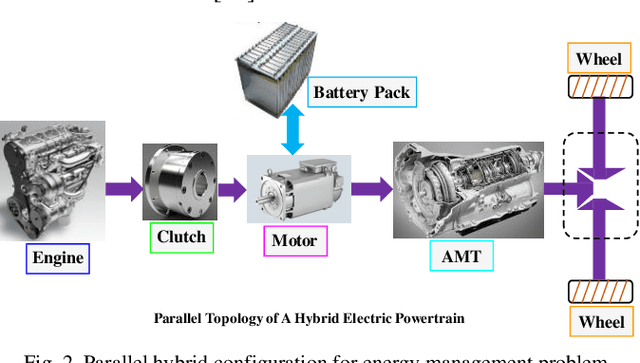
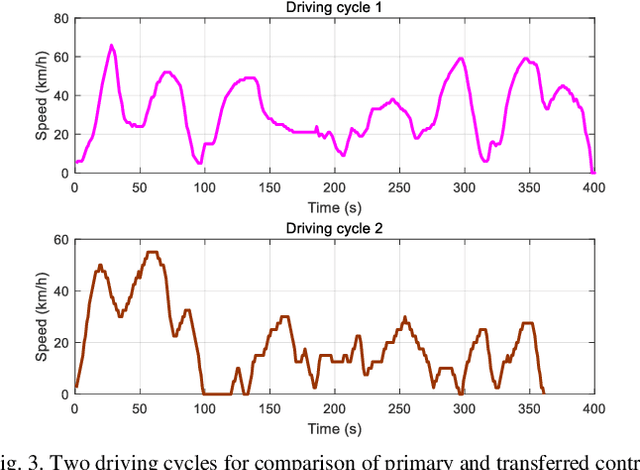
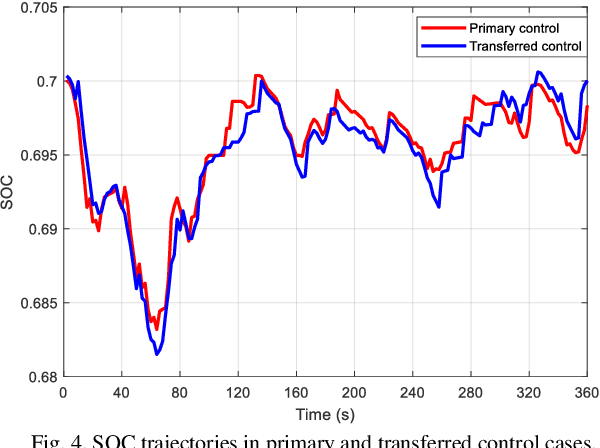
Abstract:Energy management strategies (EMSs) are the most significant components in hybrid electric vehicles (HEVs) because they decide the potential of energy conservation and emission reduction. This work presents a transferred EMS for a parallel HEV via combining the reinforcement learning method and driving conditions recognition. First, the Markov decision process (MDP) and the transition probability matrix are utilized to differentiate the driving conditions. Then, reinforcement learning algorithms are formulated to achieve power split controls, in which Q-tables are tuned by current driving situations. Finally, the proposed transferred framework is estimated and validated in a parallel hybrid topology. Its advantages in computational efficiency and fuel economy are summarized and proved.
 Add to Chrome
Add to Chrome Add to Firefox
Add to Firefox Add to Edge
Add to Edge